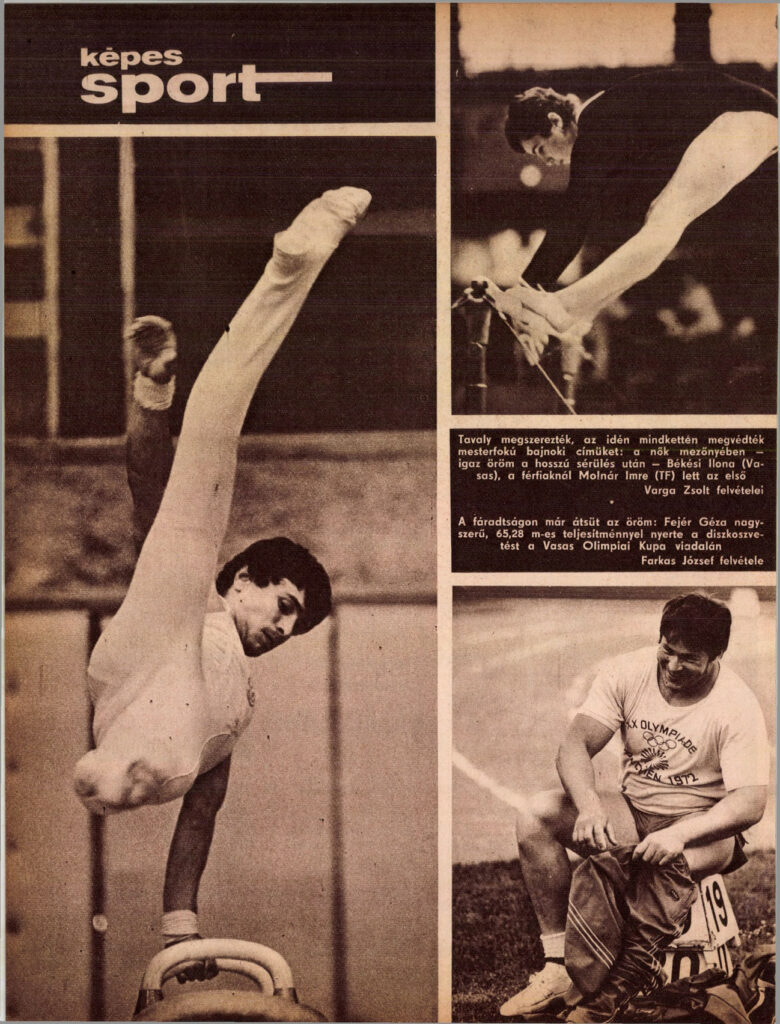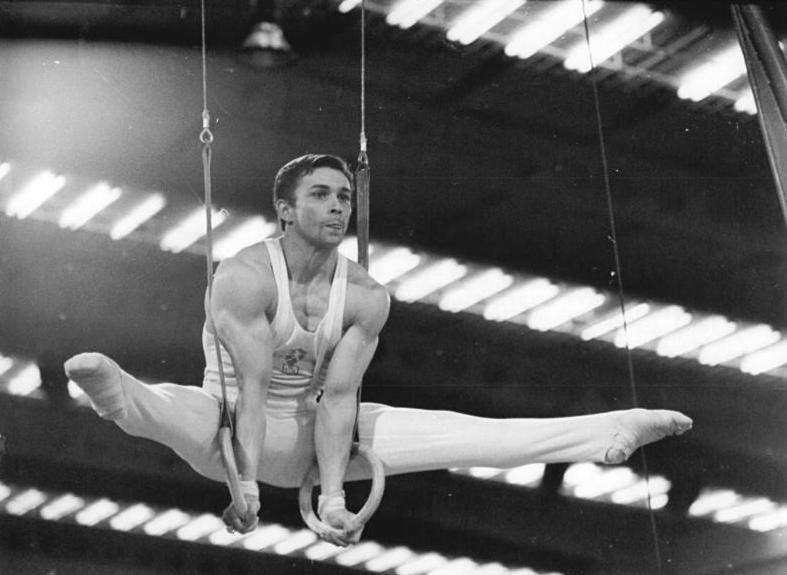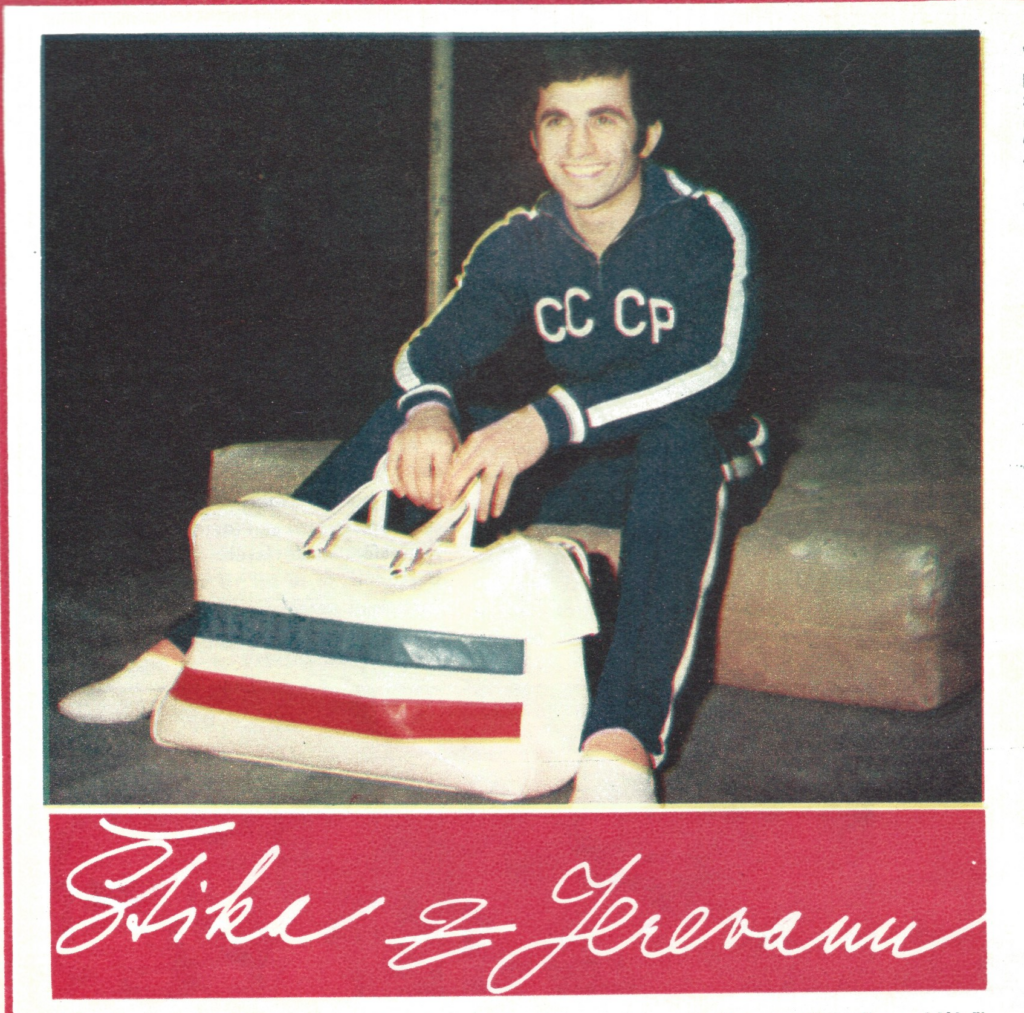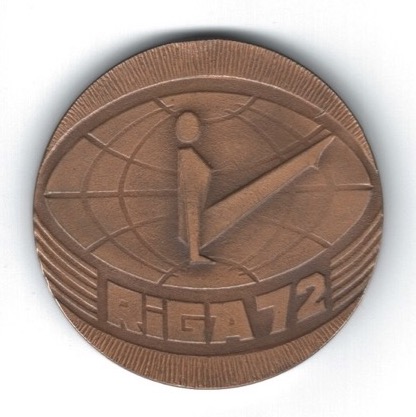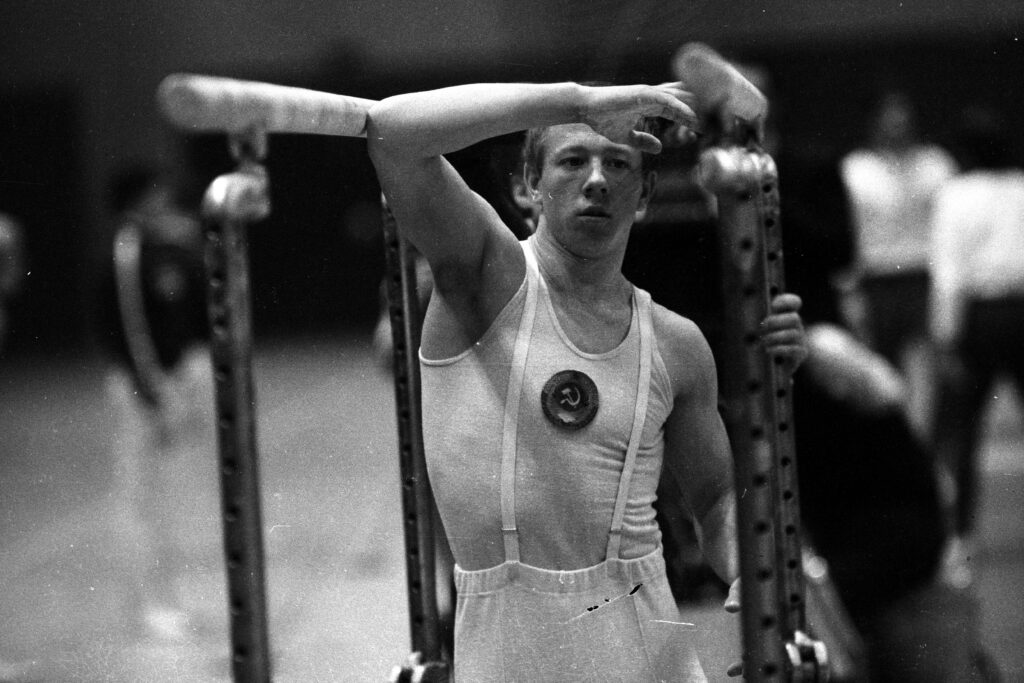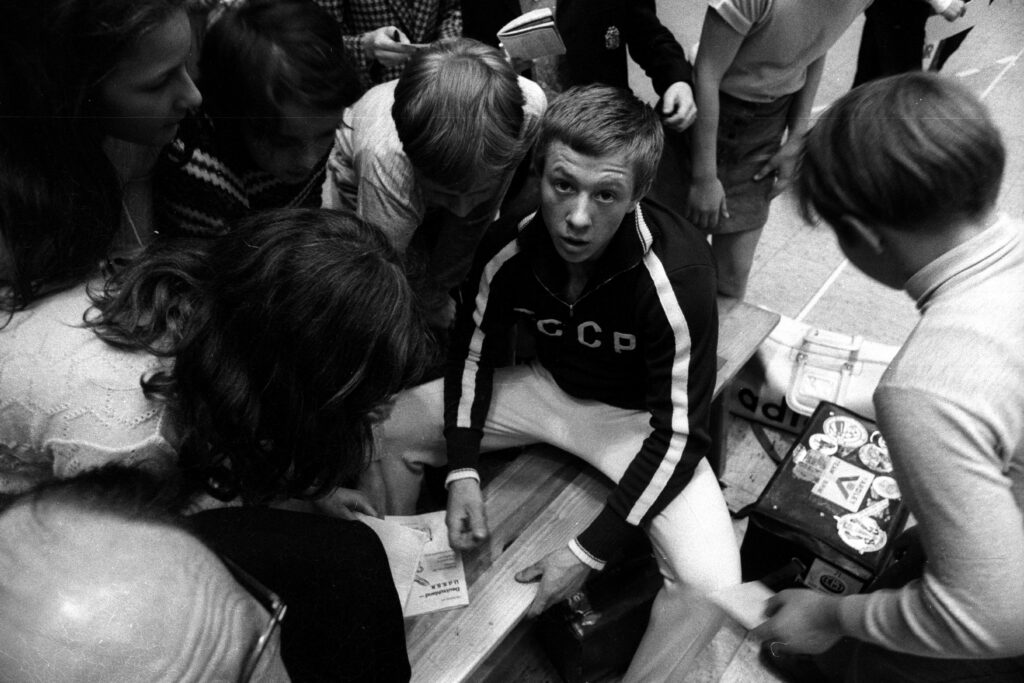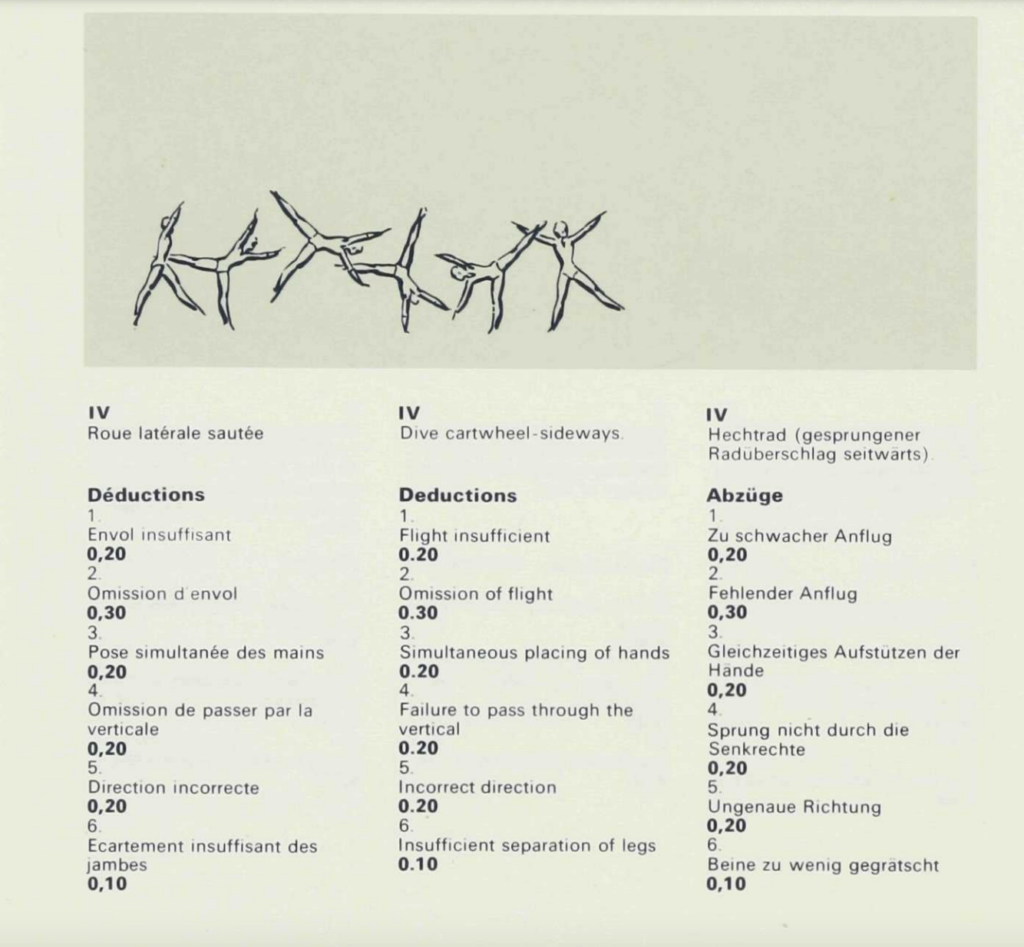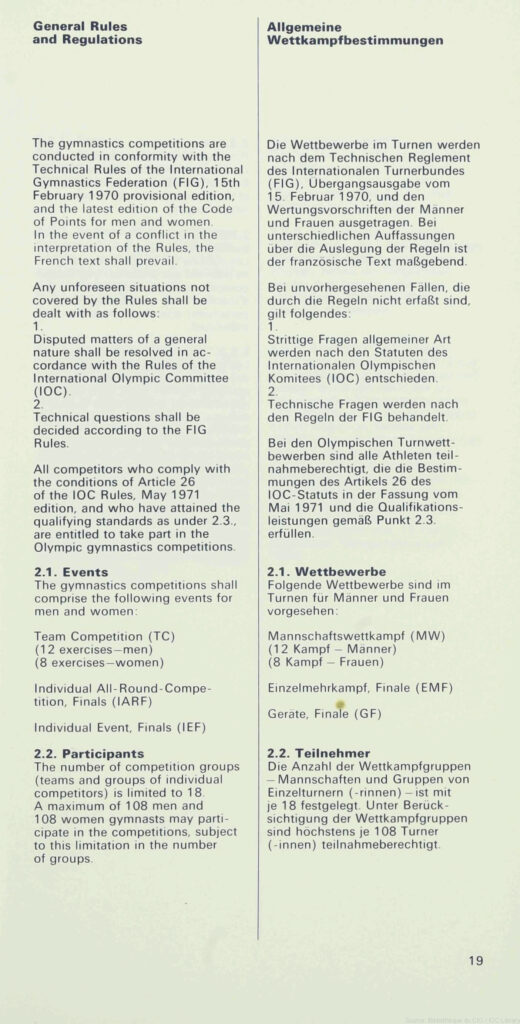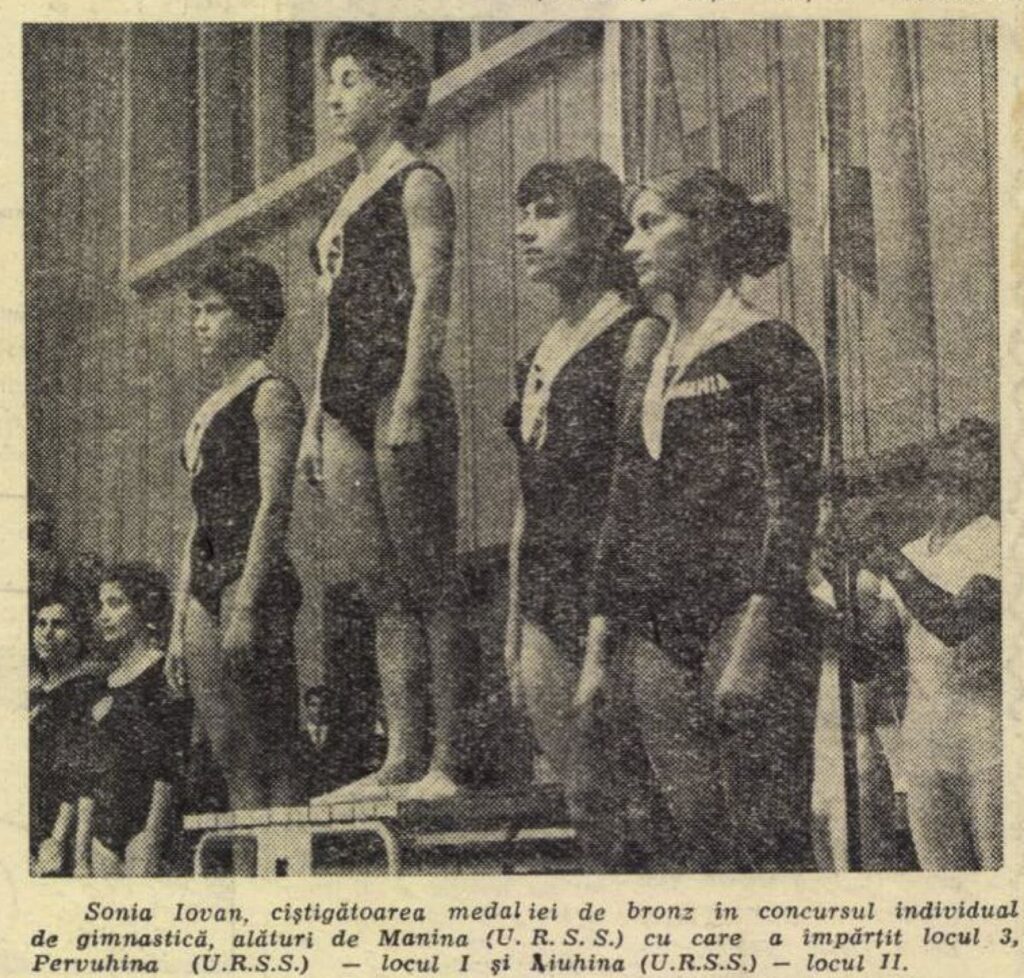At the 1972 Hungarian Masters Championships, Ilona Békési won her second straight all-around title, and Imre Molnár won his third straight title. Zoltán Magyar, who would later become known as the greatest pommel horse worker of the 1970s, had a rough competition, especially on pommel horse.
In this post, you’ll find the results from the championships, as well as the newspaper articles covering the men’s and women’s all-around competitions. As far as I know, there aren’t videos of the competition online, so you’ll have the experience of a gymnastics fan who had to read about what happened in the newspapers.
